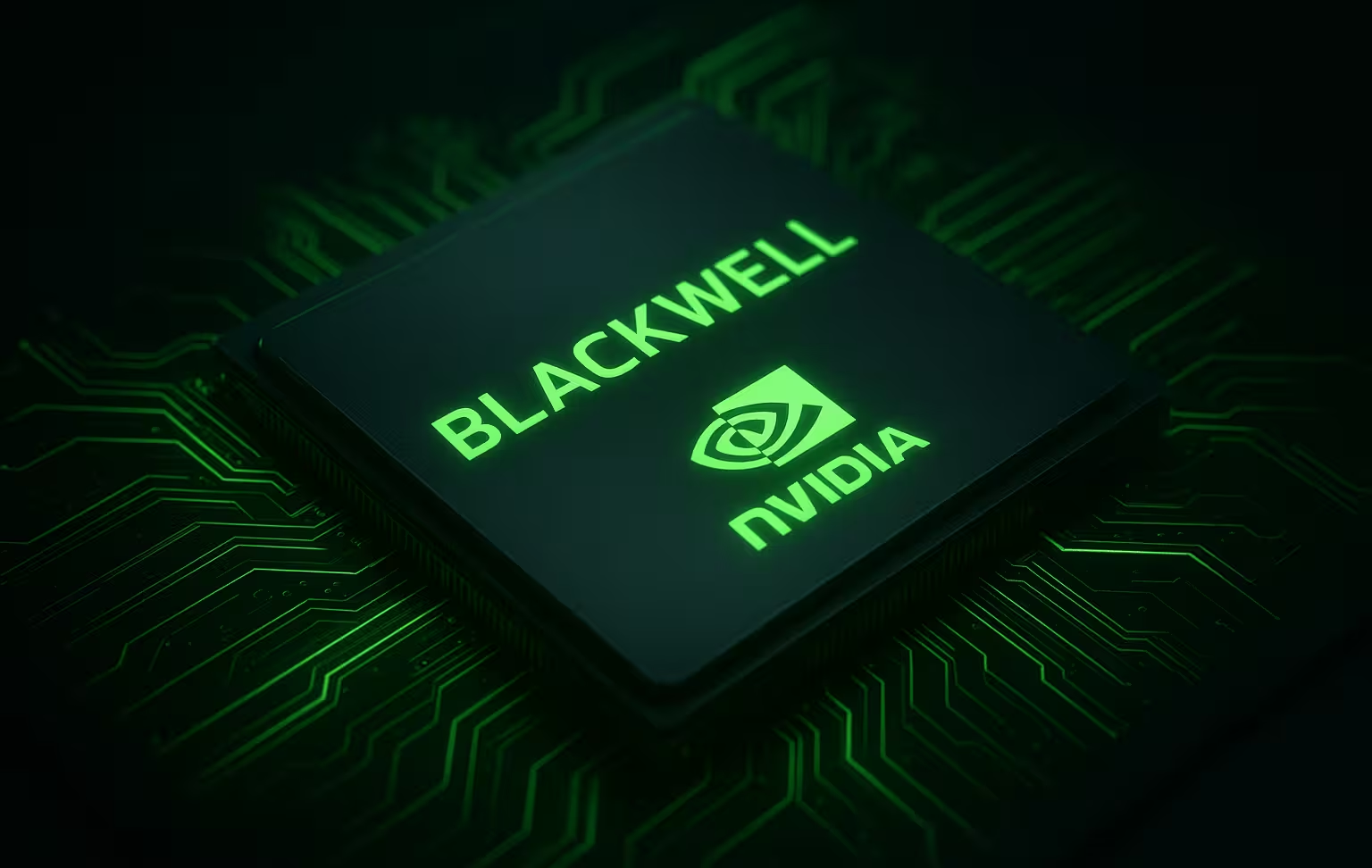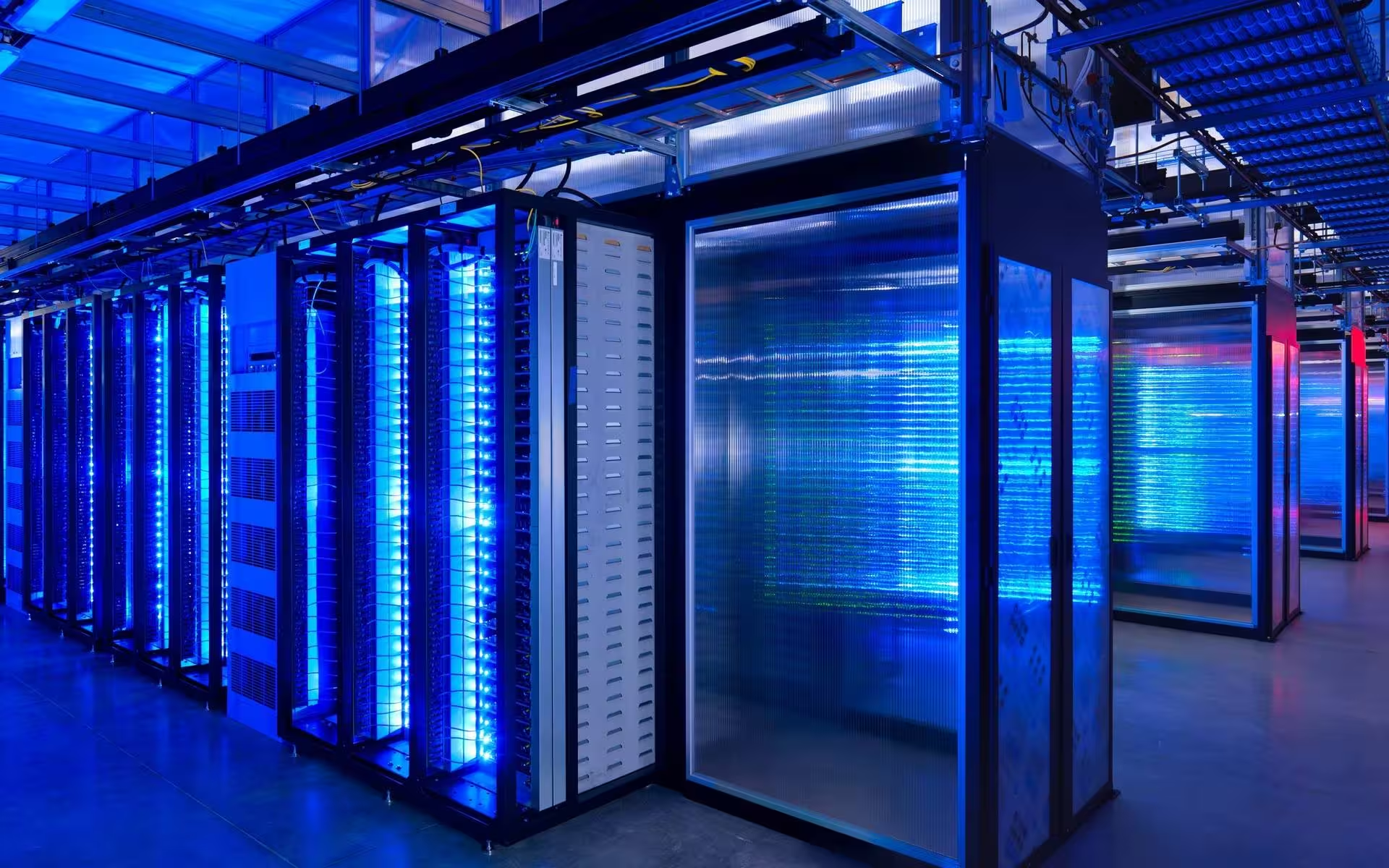Inside Nvidia's Blackwell & Rubin Roadmap: What to Expect from the Next-Gen AI Chips?
Text Sandesh
Date 29.Sep 2025
Read 5 Min

Artificial intelligence is moving faster than ever, and at the heart of this race are the chips that power it. For years, Nvidia has dominated the AI hardware market, with its GPUs driving everything from self-driving cars to large language models. Now, the company is preparing its next big leap: the Blackwell architecture and its successor, Rubin. Both are set to reshape how AI systems learn, scale, and integrate into our daily lives.
The Rise of Blackwell: A New Standard for AI Workloads
Nvidia's Blackwell GPUs, expected to roll out in 2025, are being described as the most powerful chips ever designed for AI. They will succeed the highly popular Hopper series, which is currently the workhorse behind many AI data centers.
What makes Blackwell special? Early reports suggest:
- Massive performance gains in training large AI models, making development cycles shorter.
- Better efficiency, meaning the same workload will consume far less power—critical for both sustainability and cost.
- Scalability, allowing companies to connect thousands of Blackwell GPUs seamlessly in massive AI clusters.
In practical terms, this means everything from ChatGPT-like systems to autonomous robots will be able to learn faster, respond quicker, and adapt more intelligently.
Rubin: Nvidia’s Bet on the Post-Blackwell Era
While Blackwell hasn’t even hit the market yet, Nvidia has already teased its next step—Rubin, projected for release around 2026. Rubin isn’t just a small upgrade; it is expected to introduce entirely new ways of fusing AI workloads with high-bandwidth memory and custom accelerators.
Analysts believe Rubin may target not only enterprise AI but also smaller, more distributed systems—imagine smart factories, AI-powered personal assistants, or even edge computing devices handling complex reasoning on their own.

In short, Rubin looks like Nvidia’s attempt to ensure AI chips don’t just live in data centers but also power the everyday world.
Why This Roadmap Matters
The roadmap matters because AI demand is skyrocketing. From OpenAI and Google to healthcare startups and governments, everyone is competing for more powerful, efficient hardware. The stakes are high: the faster AI can train, the sooner new breakthroughs—like personalized medicine, climate modeling, or real-time translation—can arrive.
And here’s the kicker: Nvidia isn’t competing in a vacuum. Rivals like AMD, Intel, and custom in-house chips from Amazon and Google are all vying for a slice of the AI pie. But Nvidia’s early lead and aggressive roadmap suggest it intends to stay in front.
What to Expect as a Consumer
While Blackwell and Rubin may sound like enterprise-only technology, their impact will trickle down. Think:
- Smarter AI assistants in your devices.
- More realistic video games with AI-driven physics.
- Faster creative tools for video editing, 3D modeling, and design.
- Breakthroughs in healthcare and science made possible by faster simulations.
In other words, even if you never touch a data center GPU, the technology powering your apps, cars, or digital services will almost certainly be influenced by Nvidia’s roadmap.

AI
Nvidia

